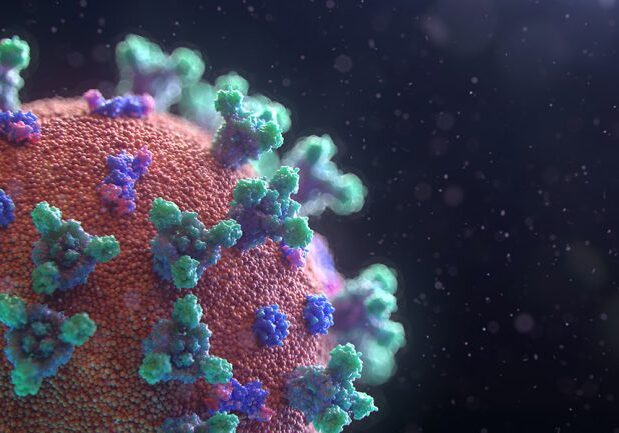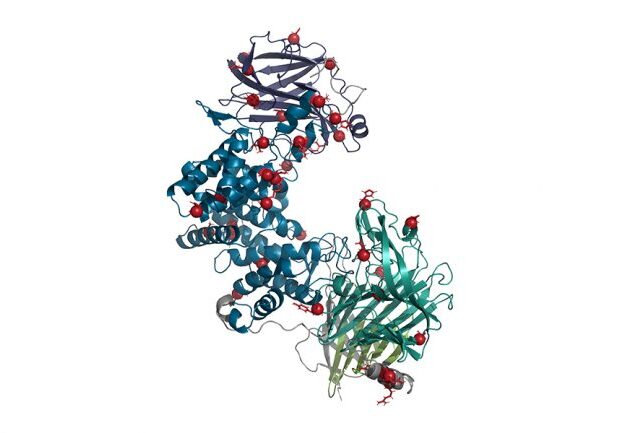
Re-engineered enzyme could help reverse damage from spinal cord injury and stroke
A team led by Professor Molly Shoichet has modified an enzyme from bacteria to promote regrowth of nerve tissue
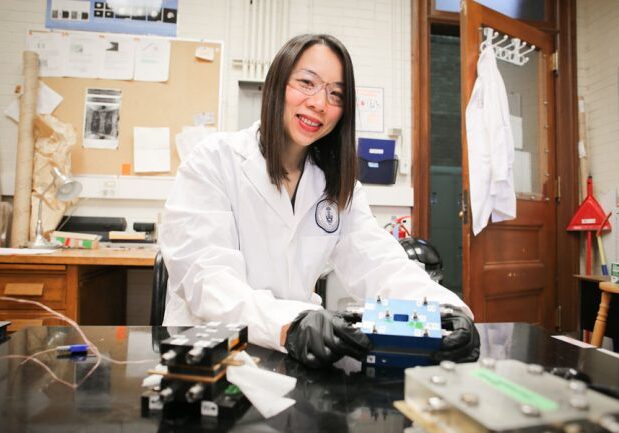
McLean Award recipient Aimy Bazylak is creating new technologies for sustainable energy
Funding will enhance a research program in fuel cells and electrolyzers, which can provide low-emission electricity infrastructure
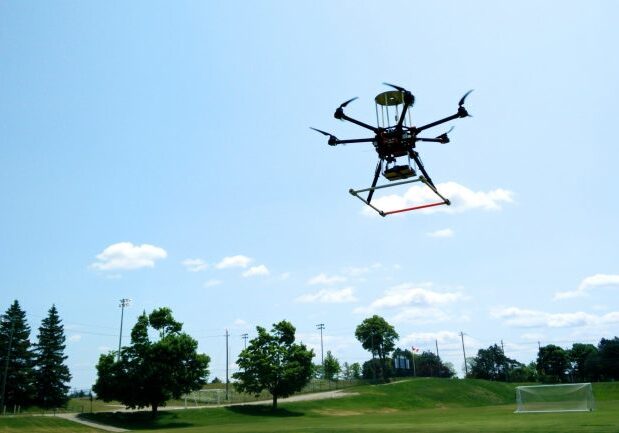
Five U of T Engineering projects receive funding boost for state-of-the-art research tools
Motion-capture equipment to explore and develop robust autonomous drones is among five infrastructure projects receiving funding support
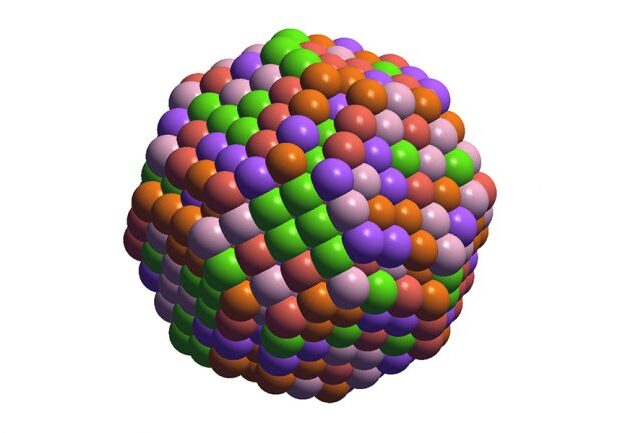
U of T Engineering researchers use machine learning to design smarter industrial catalysts
Team led by Chandra Veer Singh (MSE) has created an algorithm that accurately simulates catalysts made of five different metals

U of T Engineering researchers develop cell injection technique that could help reverse vision loss
A team led by Professor Molly Shoichet has demonstrated the first co-injection of both retinal pigmented epithelium (RPE) cells and photoreceptor cells in a mouse model of blindness.
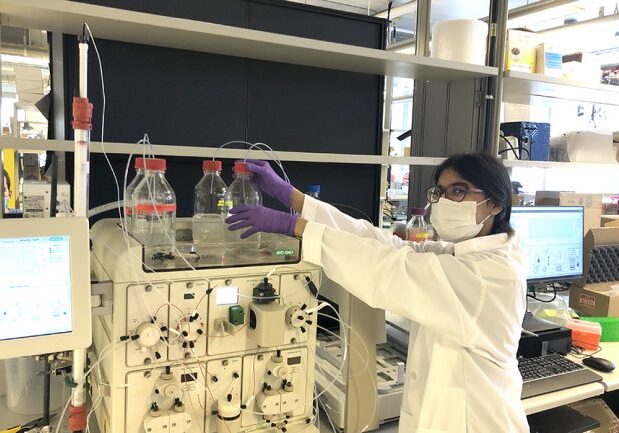
‘A world of possibilities’: U of T Engineering undergraduate students host virtual summer research conference
Undergraduate Engineering Research Day (UnERD) 2020, to be held online August 14, features participants from across Canada and beyond

How to get more cancer-fighting nanoparticles to where they are needed
Study shows that by injecting above a certain threshold of nanoparticles, the tumour delivery improves vastly, from 0.7 percent to 12 percent


